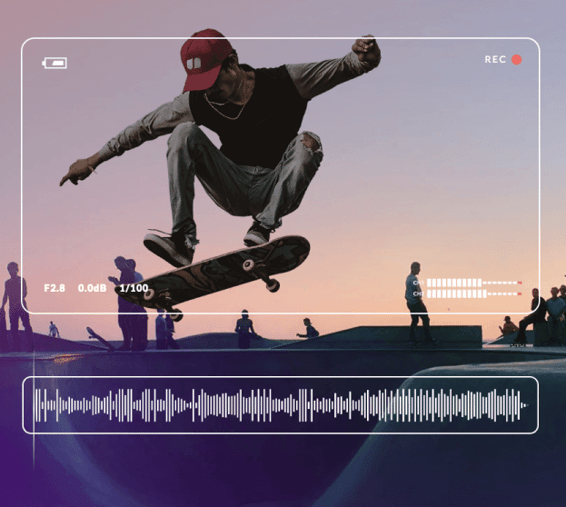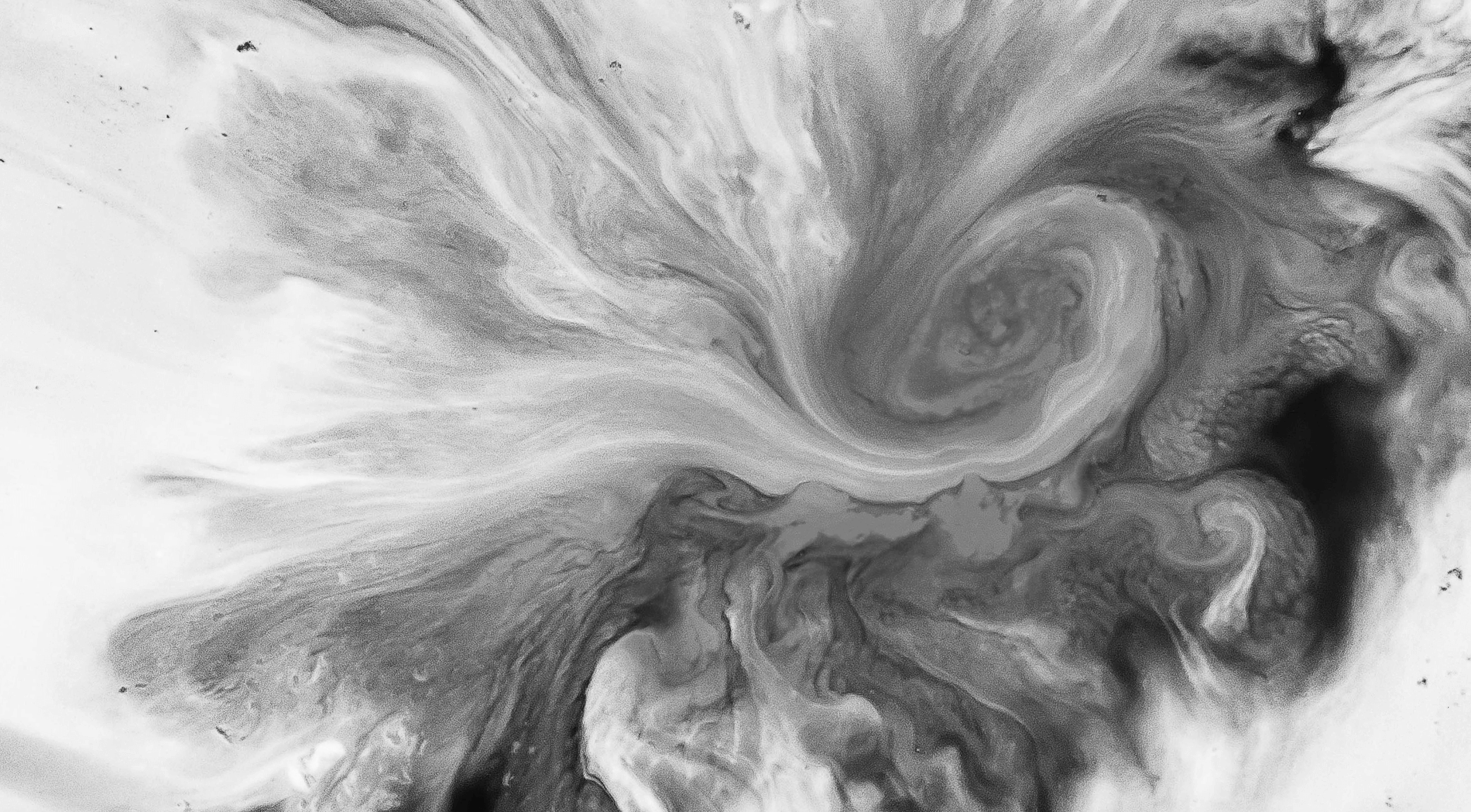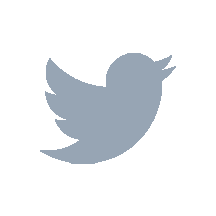Welcome to Outstanding
Royalty Free Jazz Music






Listen to Our Best Royalty Free Jazz Music
We know the right song can make or break your project. That’s why every track in our library is vetted by award-winning producers. Hear for yourself. We've curated a playlist with our best jazz music.
Looking for something different?
We got you. From classical to hip hop to indie, our audio library contains thousands of outstanding tracks. Use one of our 13 filters or check out other curated playlists to find what you need in minutes.
BROWSE THE FULL CATALOG
Dead Simple Licensing
Never worry about licensing again. With Soundstripe, your membership covers the cost for every song license. Just find the right track, download the file, and get a custom license. That’s it. No channel or media-specific fees, no recurring royalties, ever. Here’s more good news: you have unlimited licenses. Go ahead, download as many songs as you want.
A (Relatively) Brief Look of Jazz in Film
Jazz and film have a storied history, because both have deep American roots.
The Golden Age of Hollywood rose in tandem with the Jazz Age. One began on the Pacific side of the country and the other grew up closer to the Gulf Coast.
Both arts are intertwined in American popular culture, and films like Whiplash and La La Land show that there’s still a lot these two can accomplish together.
The following paragraphs will explore some of the most popular and influential types of jazz and examine a few ways jazz has been used in film over the years. The volume of examples on this topic is so vast that it’s impossible to write something that’s truly comprehensive on the subject.
But if you’re looking to make a film about jazz, want to use jazz in your next video, or are just curious why that one dude at the vinyl store won’t stop trying to get you to buy a jazz record, this piece is for you.
A few types of jazz
Like the country in which it was born, jazz is eclectic, and therefore difficult to define. In the interim century since jazz appeared on the scene, this genre has evolved and expanded to encompass a galaxy of music like bebop, gyspy jazz, and free jazz.
If we’re searching for a simple answer, you could call jazz “improvisational music,” but those two words belie the complexity and deep genius of the music.
What’s more, this improvisation reaches an almost ineffable relationship with the song’s core timing called swing. Again, it’s hard to explain what it is, but you know it when you hear it.
Columbia University’s Travis Jackson adds some nuance when he writes “it is music that includes qualities such as swing, improvising, group interaction, developing an individual ‘voice’ and being open to different musical possibilities.”
The indelible Duke Ellington simply said, “it’s all music.” Perhaps that’s good enough for now.
Even if we can’t put jazz in a neat little box, we can agree that specific subgenres are more prevalent in popular culture — and in film — than others. So if you’re searching for a jazz sound, these traditions might be a few good places to start.
Hot jazz
The genre’s oldest and most traditional form, hot jazz also goes by the names Dixieland or New Orleans jazz. If you’re new to the party, jazz was born in New Orleans as the offspring of ragtime and blues.
The dixieland term typically refers to the revolutionary sound of the Dixieland Jazz Band in the 1910s. These musicians were the first to record jazz, and their work quickly spread around the region.
The true king of hot jazz didn’t appear until the 1940s when Louis Armstrong took the scene by storm with his trumpet playing. Armstrong’s ascendance was actually part of a backlash against bebop and other modernist (at the time, anyway) iterations of jazz.
Due to the influence of New Orleans second-line funerals (or in happier times, weddings) hot jazz typically includes brass instruments like trumpets, trombones, and tubas. Clarinets, pianos, and banjos were also known to make an appearance from time to time.
The sound reined in the breakneck fury of bebop while still emphasizing solos. The end result is the classic “waah, waah” sound that remains perhaps the most distinct of jazz to this day.
Bebop
When jazz spread outside of New Orleans, it also shed its Dixieland moniker and began experimenting with a range of new personalities. The swift complexity of bebop was one of jazz’s more famous personas.
Bebop began in New York when virtuosos like Charlie Parker and Dizzy Gillespie began experimenting with new forms of harmony and melody. They called their experiments bebop or bop, and explained it as “musicians’ music.” The appeal was in the complexity of the music itself, so it was never intended for mass appeal or major label interest.
The sound was fast, the chord progressions were electric, and the key changes were chaotic. Despite its arcane nature, bebop carved out its place in history. To this day, it’s still closely associated with the Beat generation of writers and the beatnik movement at large of the 1940s.
Big band
It’s almost impossible to separate jazz from dance. Another externality of jazz sweeping the country is that dance followed — and evolved with the music.
To produce a “bigger” sound, jazz bands grew in size. There were more brass instruments, and the banjo you could often hear in Storyville in New Orleans was traded for a guitar. Pianos and drums were mainstays.
The music became less about soloing and more about following established arrangements, so it was easier for dancers to predict the music and keep time with it. As a result, bandleaders became the stars of the show, rather than individual players. This was the scene of maestros rather than virtuosos.
That’s not to say big band didn’t have geniuses. Duke Ellington took the scene by storm from New York, and went on to become one of the most celebrated composers in American history. Likewise Benny Goodman and Count Bassie established themselves as standard bearers for this flavor of jazz.
Cool jazz
Each new permutation of jazz was often a reaction to what came before. So it’s not altogether surprising that the supersonic flurry of bebop gave rise to the more tranquil waves of cool jazz.
As the name implies, cool jazz provided a more relaxed listening experience, with what have been described as “soft variations of bebop.” The tempos were more relaxed; the arrangements less complex.
That’s not to say the music was any less outstanding. Every subgenre of jazz has its paragons, and with The Birth of Cool, Miles Davis became one of the most memorable names in cool jazz — if not jazz altogether.
Jazz in film
Jazz has had a huge impact on film. The first film to effectively sync up singing with motion pictures was titled The Jazz Singer (although it wasn’t really about jazz and hasn’t aged very well under modern scrutiny).
In the early days of Hollywood, directors began using jazz music to add more emotional nuance and verve to their scores, rather than rely on classical music. The genre eventually became associated with noir films. You can probably picture a slow saxophone crooning over a picture of a trenchcoat-wearing detective walking the nighttime streets of NYC.
As we covered in the last section, jazz is one of the most diverse music genres around, so it would be a herculean task (and possibly unnecessary task) to enumerate all the ways you could use jazz in film. The answer is practically any way you want.
Instead, let’s look at a few meta-use cases, i.e., applications of jazz that go beyond just inspiring a particular emotion in a single sequence.
The biopic: Round Midnight
For a long while, Hollywood tried to make movies about jazz musicians, but they mostly failed. These flicks were heavy on jazz fandom and light on what it actually meant to be a musician who played that type of music.
Still, there were a lot of jazz biopics, and eventually the genre began to get better. The 1950s and 1960s saw a renaissance of films about the lives of jazz musicians — with many contemporary artists creating the scores for the film.
Although it arrived much later, Round Midnight is perhaps one the finest examples of this new wave of biographical films.
By combining the stories of real-life jazz musicians Bud Powell and Lester Young, the script follows the journey of a jazz musician’s struggle with drug abuse, his sojourn in Paris to get clean, and his eventual return to New York City.
Dexter Gordon, another actual musician, plays the protagonist Dale Turner, and Herbie Hancock composed the score, which went on to win an Academy Award.
If you’re looking for notes on how to make a jazz biopic, this film is a tour de force.
Diegetic scenes: Whiplash
Nearly all movies that include jazz in their score feature at least one scene of something actually playing jazz.
However, the vast majority of these films portray the finished product, i.e., a maestro who’s already mastered the secrets of swing. Far less attention is paid to the education of these musicians. In fact, Whiplash might be the only film to take an in-depth look at the subject.
The plot unfolds as a prodigious jazz drummer enrolls at a prestigious arts program for musicians. Once he’s inside the doors, our drummer friend finds himself under the spell of a maniac teacher, whose methods border on abusive.
Despite actual jazz musicians debating how closely the plot mirrors reality, Whiplash still portrays jazz — particularly diegetic use of jazz music — in a unique way. What’s more, the film explores the ideas of excellence, dedication, and obsession as they relate to becoming a truly noteworthy player.
Oh, and the score is tremendous as well.
The musical: La La Land
In the early decades of the 1900s, filmmakers loved to use jazz music during dance numbers. Ginger Rogers and Fred Astaire danced dozens of duets to swing jazz during their storied partnership throughout the 1930s.
As we discussed earlier, jazz and dance were made for each, so it’s no surprise that the formula remained popular for decades to follow. While entire movies might not have been made in the musical mold, there were still spontaneous dance numbers aplenty.
La La Land marks the most recent entry to this motif — and perhaps one of the most successful. The musical follows two aspiring artists — a jazz pianist and an actress — who fall in love while chasing their dreams in Los Angeles.
While some of the musical numbers — including the video above — are diegetic in nature, La La Land runs each sequence through a dreamy lens, which blurs the lines between the literal and the metaphoric. The film often vacates the realism of Golden Age musicals to explore broader emotional themes through camera work and dream-like sequences.
Like so many homages to past genres, La La Land blends the classic with the modern to produce a jazz musical that feels brand new. Initially, writer and director Damian Chazelle was having trouble getting the movie picked up by a studio, but the success of Whiplash made La La Land more palpable for major studies.
Where to license royalty free jazz music
The internet is a big place, so you’ve got a lot of options when it comes to finding jazz music.
But not all of those options are as straightforward as you might think.
You can’t rip any Coltrane song you like off of Spotify and drop it into your video. That’s copyright infringement, and YouTube’s Content ID will find and penalize you in a matter of hours.
There’s always free music — like songs truly without cost — that you could find on Soundcloud, but you’ll be hard pressed to find songs fit for a cinema score.
So that leaves royalty free music. Unless you want to hire studio players yourself, and record some tracks that way. But we’re going to assume that’s not reasonable.
So yeah, royalty free music is probably your best shot. You have a few different options for music licensing companies, so here’s how Soundstripe works:
- You sign up for a membership.
- You get unlimited access to the thousands of radio-quality songs in our library.
That’s it. It’s that easy. We’ve even transitioned our entire library to wholly-owned songs. That means we have exclusive ownership of each and everyone one. You won’t find them anywhere else, which means you’re much, much less likely to get burned by Content ID.


Have questions? Give us a call
855.224.0847
Soundstripe - Unlimited Music for Video
© 2017-2020 A Product of Soundstripe, Inc
Nashville TN



